Meeting Types
A meeting is where a series of horse races are run at the same venue.
Single Meeting
Only 1 meeting on a race day
E.g. Singapore on Sunday afternoons
Simulcast Meeting
2 meetings running at the same time on a race day
Tricast Meeting
3 meetings running at the same time on a race day
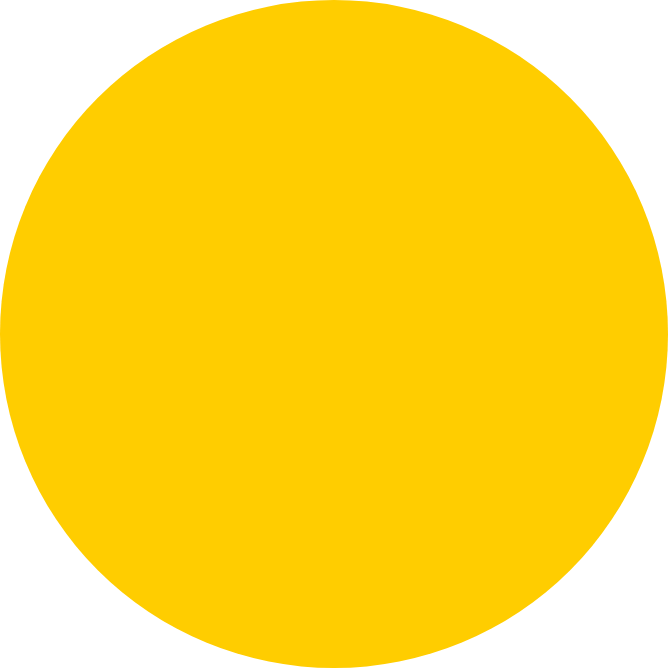


Typical Race Day
Any of the following races outlined may run on afternoon and evening race days.
| Venue | Day races | Night races |
|---|---|---|
| Singapore | ✓ | |
| Malaysia | ✓ | |
| Hong Kong | ✓ | ✓ |
| Australia | ✓ | ✓ |
| Japan | ✓ | |
| Korea | ✓ | |
| New Zealand | ✓ | |
| Dubai | ✓ | |
| Europe | ✓ | |
| South Africa | ✓ |



Racing Terminology
Familiarise yourself with Horse Racing terminology. There are many unique terms and phrases used in the sport that are important to understand.
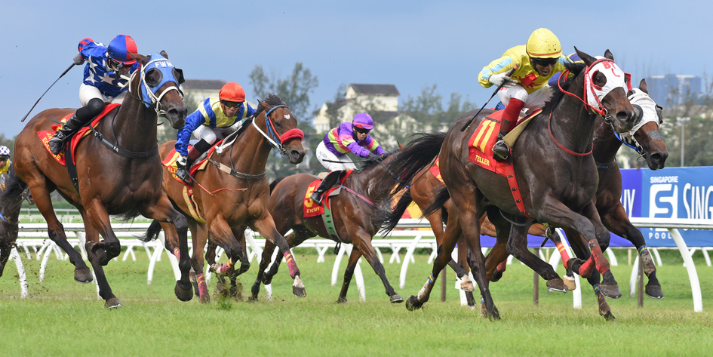
Race Conditions and Rules
-
Age: The age of a horse, regardless of date of birth, is reckoned from 1 August each year for horses from the Southern Hemisphere and 1 January for horses from the Northern Hemisphere.
-
Allowances: Reductions in weights to be carried, allowed because an apprentice jockey is on a horse. Also, a weight reduction female horse is entitled to when racing against males, or that three-year-olds receive against older horses.
-
Handicap: A race in which the weights to be carried by the horses entered are adjusted by the Handicapper for the purpose of equalising their chances of winning.
-
Maiden Race: A race restricted to horses which at the time of starting have never won a race.
-
Set Weights: Horses carry a weight based on their age and sex. In a mixed-sex race, fillies and mares will usually carry less than colts, geldings and horses. Additional weight, or penalties, can also apply as a condition of the race.
-
Weight-For-Age: A race in which weights are allocated to horses according to their age or sex or both, and remains a Weight for Age race even if there are penalties and allowances; or the race is confined to horses of the same age. Female horses can receive an allowance.
-
Weighing In: Weighing of jockeys with their saddles after the running of a race to ensure they have complied with their allocated weight in a race.
-
Weighing Out: Weighing of jockeys with their saddles before the start of a race.
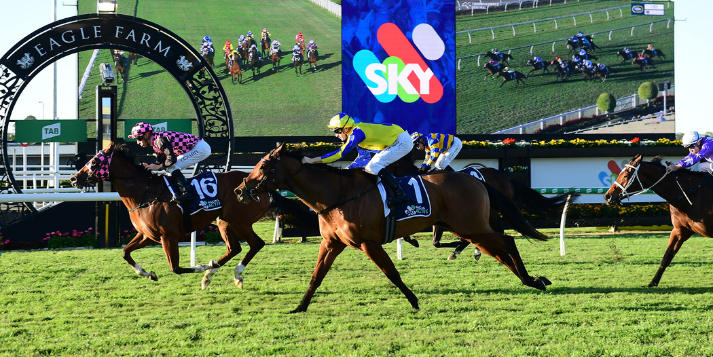
Race Results and Outcomes
-
All Clear: The signal that all jockeys have weighed in correctly after the race and no objection has been lodged and payout can commence.
-
Dead Heat: When two or more horses tie for any placing.
-
Favorite: The horse that has the most bets on it in a given race.
-
Inquiry: Reviewing the race to check into a possible infraction of the rules. If lodged by a jockey, it's called an objection
-
Near Side: Left side of a horse from which the horse is always approached, led and mounted.
-
Photo finish: A result so close it is necessary to use the finish-line camera to determine the order of finish.
-
Scratching: Withdrawal of a horse from its engagement in a race.
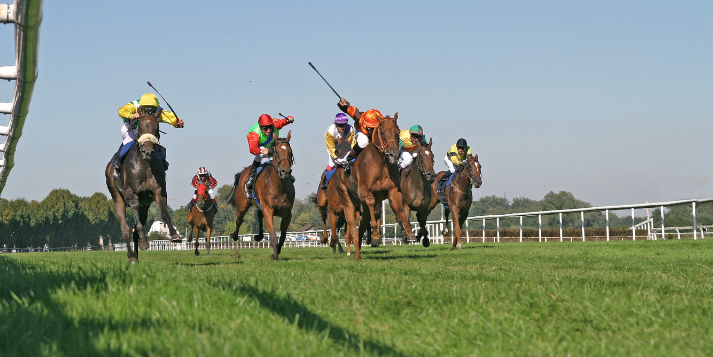
Race Incidents
-
Baulked: Race incident, hampered in running
-
Checked: When a horse's path is blocked, causing it to change stride, slow down or change direction.
-
Dipped: A race incident less severe than a stumble.
-
Ease: A race incident less severe than checked.
-
Faltered: A race incident less severe than stumble.
-
Fly-jumped: A race incident, usually when rearing at start
-
Hampered: A race incident as in baulked for run.

Gears
-
Bandage: These are used for support, or for protection against injury, when horses are exercised, transported or during a race.
-
Blindfold: Hood on head to assist loading into Barriers
-
Blinkers: Used to limit a horse's vision to prevent the horse from reacting to incidents during a race and to generally improve concentration.
-
Bridle: The equipment used on the horse's head, it includes the bit and the reins and is usually made of leather or PVC.
-
Cheekers: Rubber attachments to a bridle to prevent the bit slipping through a horse's mouth.
-
Earmuffs: A piece of equipment that covers a horse's ears to prevent it from hearing distracting sounds.
-
Girth: A band of leather or synthetic material, used to secure the saddle to the horse's back that goes under the belly of the horse.
-
Leads: If jockeys are too light to make the weight allotted to a horse, they make up the difference between their weight and that which has to be carried by putting thin slabs of lead in the pockets of the saddle, or in a special bag under a saddle.
-
Lugging-Bit: A bit with a metal ring attached to give the jockey more control, especially with a horse that hangs.
-
Nose band: A leather strap that goes over the bridge of a horse's nose to help secure the bridle.
-
Pacifiers: Meshed eye-covers used to calm horses down.
-
Shadow Roll: Generally a roll of synthetic material secured over a horse's nose to prevent him from looking down and being spooked by its own shadow.
-
Tongue Tie: A strap or piece of stocking used to tie down a horse's tongue to prevent the tongue getting over the bit.

Equipment
-
Barrier: A set of gates which is used to keep horses in line before the start of a race. Each horse has a barrier allocated in the barrier draw for the race.
-
Bit: A bar (usually made of stainless steel) which sits in the horse's mouth and is attached to the bridle. It is attached to the reins, jockeys use the reins and bit to steer and control the horse by applying pressure to the reins.
-
Breast Girth: A strap fitted to the girth on both sides of the horse to prevent the saddle slipping downwards.
-
Breast Plate: A loop fitted round a horse's neck to prevent the saddle slipping downwards.
-
Irons: Better known as stirrups. Combined with the reins, stirrups provide the jockey with the leverage to control a horse.
-
Plates: Racing horse shoes made of light metal alloy and secured to the hooves of a horse by nails.
-
Saddles: Seat made of leather or other material, for a jockey on a horse.
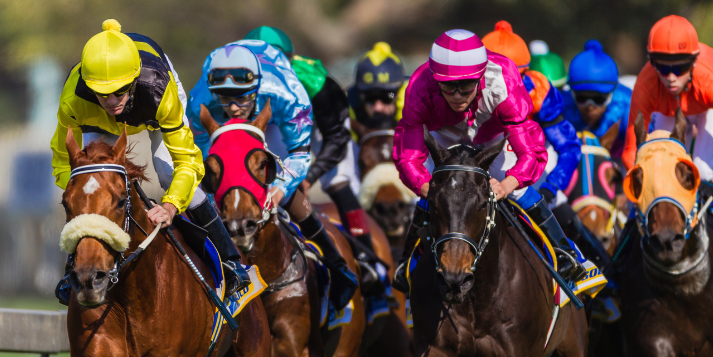
Attire
-
Colours: The colours (silks) worn by the jockey in a race.
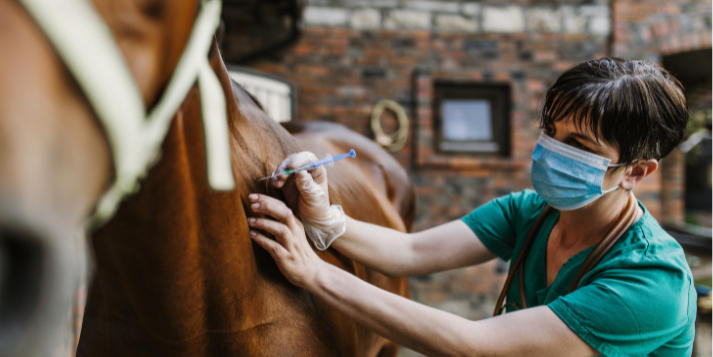
Veterinary Terms
-
Bled/Bleeder: When blood appears at nostrils of a horse unusually after exertion.
-
Broken-Down: When a horse has a serious injury that will prevent it racing (temporarily or permanently), usually of the legs.
-
Dope: Circumstance where a horse is tested positive for a prohibited substance.
-
Drench: The administration of fluids through the nostril of a horse.

Behaviours and Actions
-
Clipped heels: When a horse clips the heels of a leader and stumbles.
-
Gait: Walk, trot, canter or gallop
-
Green: When a horse races erratically, usually from inexperience.
-
Hands and Heels: An action of a jockey to encourage a horse to improve but without drawing the whip
-
Hanging In: An action of a horse, wanting to shift off a straight course (not running straight).
-
Hanging Out: An action of a horse, wanting to shift off a straight course (not running straight).
-
Mud Lark: A horse that runs well on heavy going (rain-affected) tracks.
-
Switched In: Changing course.
-
Switched Out: Changing course.
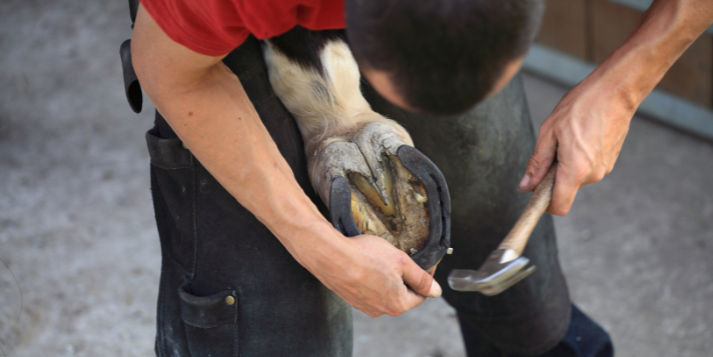
Personnel and Officials
-
Apprentice: A rider who has not ridden a certain number of winners within a specified period of time.
-
Clerk of Scales: An official whose chief duty is to weigh the riders before and after a race to ensure proper weight is carried.
-
Farrier: A person who shoes horses.
-
Starter: Official responsible for ensuring a fair start for a race. The starter supervises the loading of horses into the starting gate through a gate crew. He also controls the opening of the gate.
-
Stewards: Officials of the race meeting responsible for enforcing the rules of racing.
-
Syces: Grooms or stable staff.
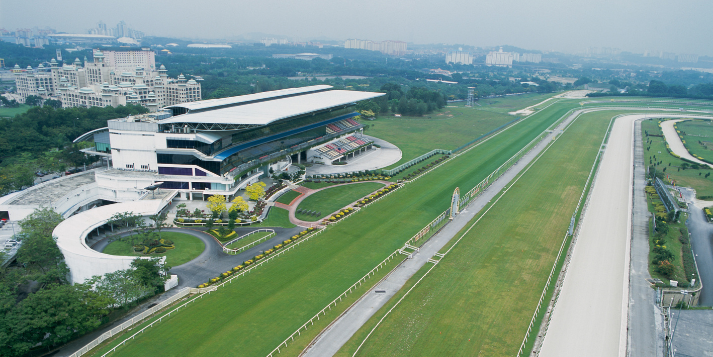
Units of Measurements
-
Furlong: Measure of races until the introduction of metrics in 1972. A furlong is 220 yards, which is about 200metres.
-
Hand: A unit of measure used to determine the height of a horse. A hand is about 10cm, with the horse being measured from the the ground to the highest point of the wither (ridge between the shoulder bones). Most thoroughbreds are around 16 hands.
-
Length: A measurement used to describe the distance at the finish between horses in a race.
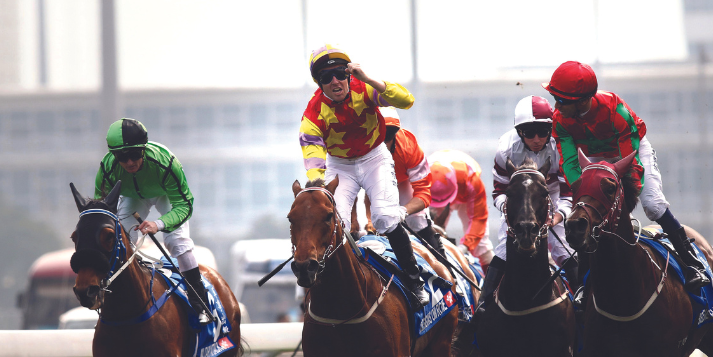
Financial and Administrative
-
Jockey Fee: Sum paid to jockey for riding in a race.
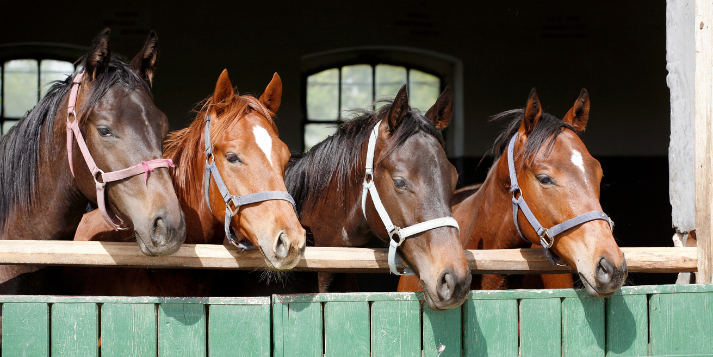
Breed and Gender
-
Broodmare: A female horse used to produce foals.
-
Colt: An entire male horse under four years of age.
-
Dam: The mother of a horse.
-
Entire: Any male horse with both testicles in the scrotum (a colt or stallion).
-
Filly: A female horse under four years of age.
-
Gelding: A male horse with both testicles removed. Horses are gelded to prevent them becoming too heavy and to moderate their behaviour.
-
Sire: A father of a horse.
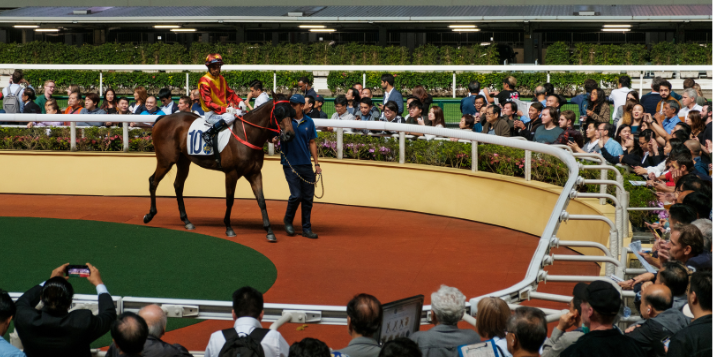
Track Conditions and Pre-Race Areas
-
Going: State of the track from Good to Heavy.
-
Parade Ring: A place where the horses are paraded in numerical order prior to each race and jockeys are issued with instructions from trainers and mount their horses.




